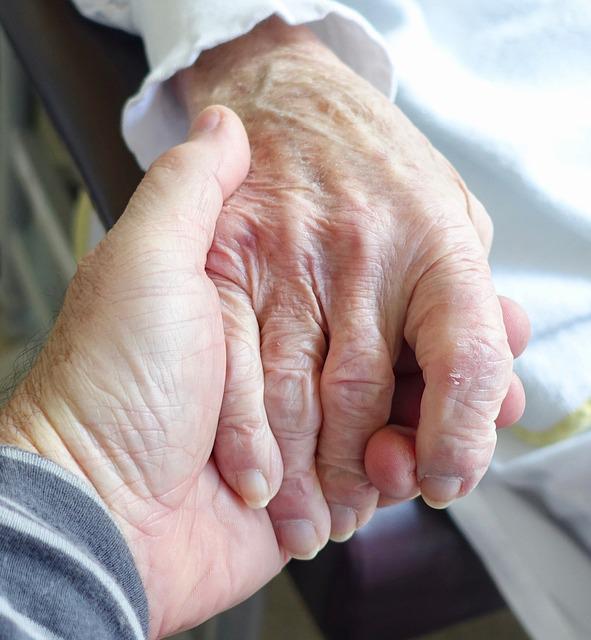
A temporary stay in a nursing home or care facility that provides respite care where the beneficiary receives the same care as permanent residents. Respite care beneficiaries receive hotel-type services and personal care. The respite subsidy and the beneficiary's needs will affect the approval of the level of care. These facilities can provide low-level as well as high-level services. The beneficiary will be assigned to the right level of care after completing the application.
Respite care funding from the government
Government funding residential respite care has many benefits. It can help provide extra support and stimulation that will allow your loved one to lead a fulfilled life. The fees for residential respite care vary depending on the needs of your loved one. The fees can be broken down into two parts: the accommodation component and the care component. In some cases, temporary respite may be required. If this is the case, you will only be eligible for the first portion of the subsidised program. However, you have the option to apply for additional day(s) at any time.

A number of state programs offer assistance in paying for respite. For example, the NFCSP grants priority to those with low incomes. Most AAAs decide eligibility based upon income and assets. You must earn less than 200% of the federal poverty limit (FPL), in order to be eligible for the federal grant program. In 2018, the projected income limit for a single individual is $24,280; married couples make $32,920. Individuals from Alaska and Hawaii are subject to higher income limits.
There are many types of respite services
There are several types of residential respite care. The first type, known as out-of–home respite offers care outside of the loved ones' home. Adult day care providers often provide activities and some form physical activity to clients. Staff also assist with activities of daily living, such as taking medications. Services such as in-home respite are also available. However, before you choose the right type of residential care for your loved one, it is important to consider their needs.
The best thing you can do for yourself and your loved one is to take a step back from them. Respite isn't an option, it's a necessity. It can be used for a few days or a few weeks. However, respite care may be a better option if the need is for a longer amount of time. These programs are a wonderful option for those who are overwhelmed and need a break.
In-home respite care
Respite care is not an option for all elderly and disabled people. Home care services can fill the gap. In-home services are great for anyone who needs companionship, light housekeeping or just a few hours to be alone with their caregiver. They are usually billed hourly and can also be booked according to the availability of the patient.

There are many advantages to in-home respite. It gives caregivers a break and allows them to concentrate on their own goals or other duties. In-home respite provides a new perspective for caregivers. Family members accept their roles often without formal training and aren't necessarily well-versed in the details. A fresh perspective can be invaluable. Professional help can also provide valuable tips and tricks for caregiver tasks.